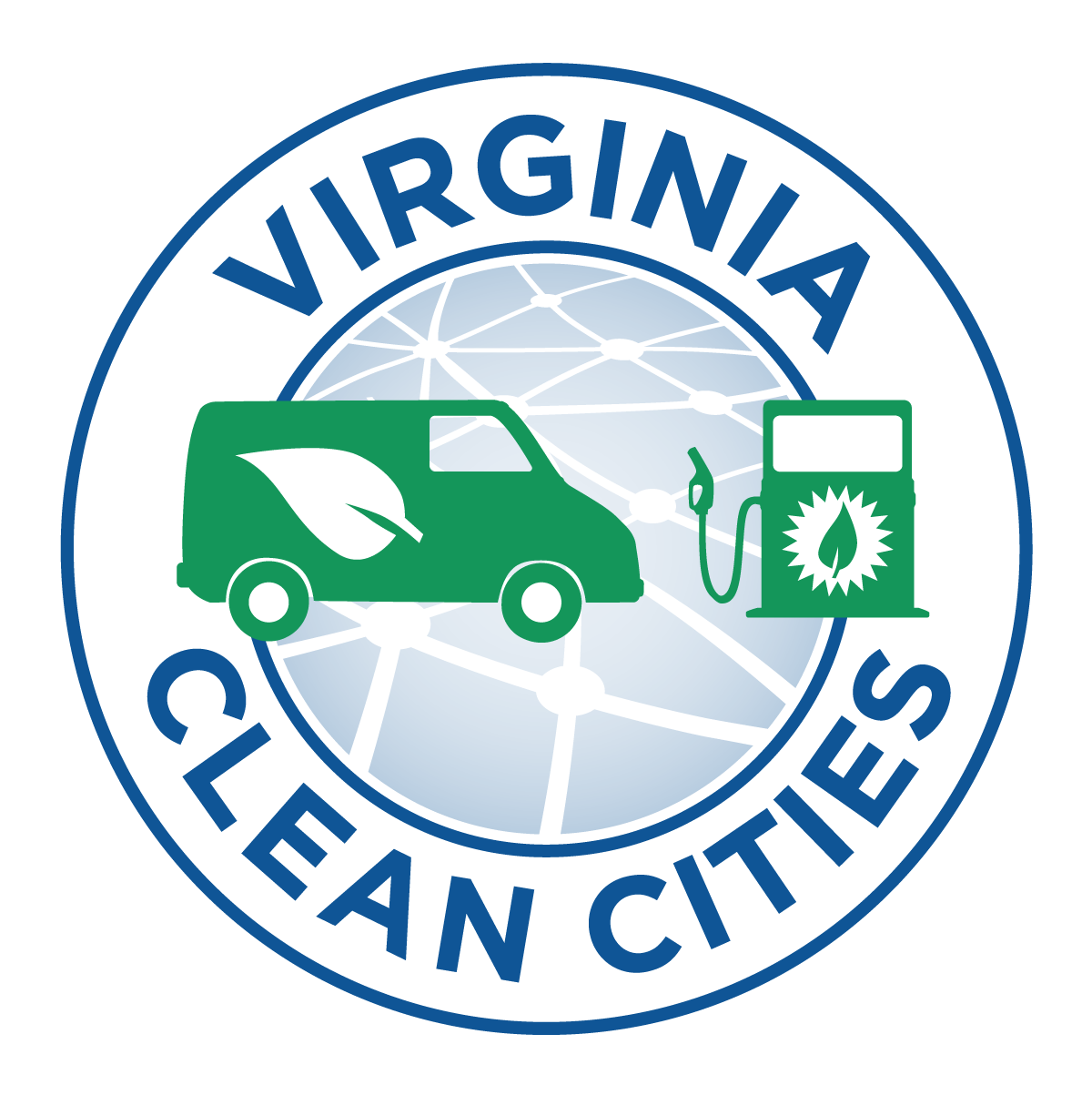This is a session report from the Virginia Biodiesel Conference, hosted by Virginia Clean Cities on September 29, 2010,
Session Created by Chad Freckman Table C at 1:45
Attendees: Chad Freckman, Kent Ware (USDA), Patric Cooley, Mark Holland (Staunton), Carl Paugh, Kvin Crain (DGS), Sandra Bailey (DGS), Alleyn Harned (VCC), Riley Snell (ULProperties), LT. Williams (VDOT), Carl Stevens (VDOT).
- Quality Issues.
- Lower temperature limitations.
- Higher solubility issues resulting in need to clean and change fuel filters and fuel intakes in pump.
- VDOT fleets experienced 100% failure rate with switch to ULSD. The economic decision to refine 98% of barrel of oil has been problematic.
- Biodiesel got a black eye at ULSD timeframe.
- The defulfurization process brings in asphaltines and tarballs and ULSD also ate seals in pre-2001 equipment. Biodiesel and ULSD have shelf life of less than a year so tank size and time.
- Blending concerns important to get a good mix through in-tank or in-line quality blending. Blending issues and availability of specific blends (can only buy 2%, 5% but want 20%). Limited ease of fuel delivery.
- Increases exhaust temps by 150%.
- Warranty concerns (most manufacturers only recently allowed 5-20% in warranty) fear that manufacturers would demand “you prove to us that fuel wasn’t bad.”
- Dispenser filters for regular diesel should be changed several times a year, and dispenser pump tanks should be snaked before use.
- Fleet owners should know to clean filters before and during vehicle transition to biodiesel.
- Arlington study was good but cleaning tank discussion should be emphasized.
- Biodiesel is hard to get sometimes with certifications of astm – the bid spec should require ASTM spec to ensure documentation reaches end user.
- Terminal level quality check and certification would help.
- Sample testing at independent lab would be helpful – Faster or in-va testing would be helpful.
- Technical issues (heat) require big equipment to blend correctly.
